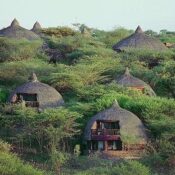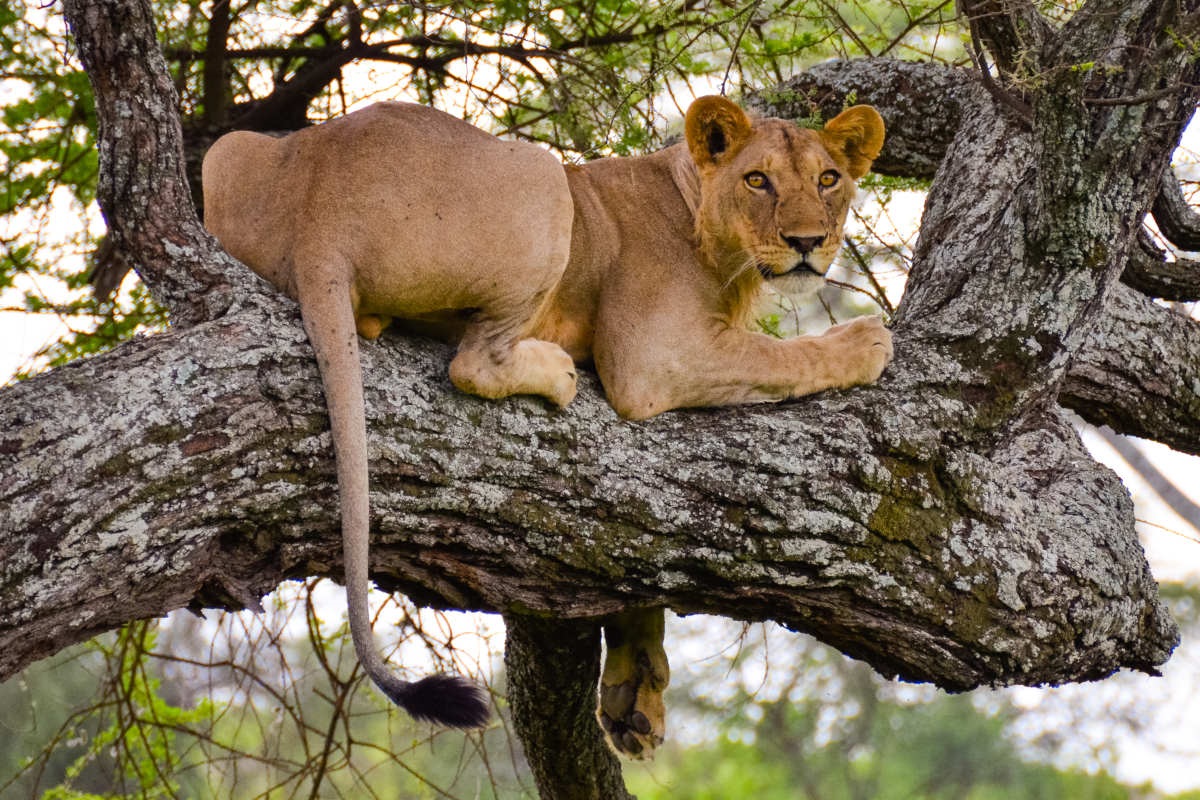Maasai People of East Africa

Maasai People of East Africa
Maasai People of East Africa: Culture, Traditions, and Way of Life
The Maasai People, also spelled Masaai, are one of East Africa’s most well-known and culturally rich ethnic groups. Primarily living in Kenya and Tanzania, the Maasai people have maintained many of their traditional practices and lifestyle despite modern influences. This article dives into the history, culture, and customs of the Maasai people, shedding light on their fascinating traditions and their role in East Africa’s cultural heritage.
Overview of the Maasai People
The Maasai people are a semi-nomadic group who predominantly rely on cattle herding as their main livelihood. They have lived in East Africa for centuries, and their language, Maasai, is a member of the Nilotic language family. The Maasai people are known for their distinctive red clothing, jewelry, and beadwork, as well as their rich cultural heritage that includes unique ceremonies and practices passed down through generations.
Location and Population
The Maasai people primarily reside in southern Kenya and northern Tanzania, particularly in the areas around the Great Rift Valley, which includes famous regions like Amboseli National Park (Kenya), Serengeti National Park (Tanzania), and Ngorongoro Crater (Tanzania). Estimates suggest that there are around 2 to 3 million Maasai people today, spread across these two countries.
Maasai People Culture and Traditions
The Maasai people’s culture is deeply rooted in their way of life, which revolves around cattle and strong family bonds. Here are some of the defining aspects of Maasai people culture:
1. The Role of Cattle in Maasai People’s Life
Cattle are central to Maasai people’s life. They serve as a source of food, wealth, and social status. Maasai cattle are often used for milk, meat, and blood (in ceremonial rituals), and they are essential for trade and dowries. The Maasai people view cattle as a gift from their gods, and the number of cattle a person owns often determines their standing in the community.
2. Maasai People Clothing and Beadwork
The Maasai people are famous for their shúkà, a red-checked or solid-colored cloth wrapped around the body. This shúkà is often made of cotton or wool, and the color red is symbolic of strength and bravery. Beadwork is also an important part of Maasai people’s culture, especially for women. Beads are used to create necklaces, earrings, and bracelets, each with different colors representing different meanings, such as life stages, wealth, or social status.
3. The Maasai Language
The Maasai people speak Maa, a Nilotic language. It is the native language of the Maasai people and remains widely spoken in their communities, although Swahili and English are also commonly used due to the countries’ official languages. The Maasai language is rich with history and conveys deep meaning about their traditions and beliefs.
4. Maasai People Religion and Beliefs
The Maasai people follow a traditional monotheistic religion centered around Enkai, their god. Enkai is believed to be the creator of the earth and all living things. The Maasai people believe that Enkai gave them the cattle and the land they occupy. In times of crisis or celebration, the Maasai people conduct special rituals and ceremonies to honor Enkai.
Some Maasai people also practice Christianity due to missionary influence over the years, but many still adhere to their traditional beliefs and religious practices.
5. Maasai People Ceremonies
The Maasai people have a rich tradition of ceremonies that mark important life events. These include:
- Initiation Ceremonies: Boys and girls undergo initiation into adulthood. Boys are circumcised as part of the rites of passage into manhood, while girls undergo similar rites to mark their transition into womanhood.
- The Moran (Warrior) Stage: Young men, called Moran, are the warrior class of the Maasai people. They undergo a strict training process, including physical and mental endurance tests, and are expected to protect the community from danger. Traditionally, Morans would live in separate houses and engage in their own group activities until they reached the age to marry and settle down.
- Wedding Ceremonies: Marriage among the Maasai people is often arranged, and a groom must provide cattle as part of the dowry. The wedding ceremony is a joyful event, and family members, friends, and the community gather to celebrate.
6. Maasai People Social Structure
The Maasai people’s society is organized around the family unit, with a strong emphasis on patrilineal descent. A Maasai family consists of a father, mother, and children, with several wives often living together. The father is typically the head of the family, and decisions are made collectively.
Each community is governed by a council of elders, who are respected for their wisdom and experience. The elders play an important role in resolving disputes, making decisions, and preserving Maasai people’s traditions.
Impact of Modernity on the Maasai People
In recent years, the Maasai people have faced challenges from modernization and external pressures. The rise of tourism in East Africa has led to both positive and negative impacts on Maasai communities. On one hand, tourism has provided opportunities for economic development, such as offering the Maasai people a chance to sell crafts or showcase their culture in cultural villages. On the other hand, Maasai land has been taken for national parks, and many traditional practices have been influenced by the growing presence of Western culture.
Despite these pressures, many Maasai people are committed to preserving their culture and lifestyle. Some Maasai people have incorporated aspects of modern life while keeping their traditions intact, such as adopting formal education and healthcare practices, yet still maintaining their connection to their land and cattle.
Maasai People in Popular Culture and Tourism
The Maasai people have become symbols of East Africa’s cultural heritage, and their portrayal in the media and tourism has helped raise awareness about their unique traditions. Visitors traveling to East Africa often seek Maasai experiences, such as visiting Maasai villages, attending a Maasai ceremony, or learning about Maasai history and culture. These experiences are available in many areas, including the Serengeti, Amboseli National Park, and Ngorongoro Crater.
Conclusion
The Maasai people remain one of the most iconic and culturally rich groups in East Africa. Despite facing challenges from modernity and external influences, they have maintained a strong sense of identity, rooted in their connection to the land, cattle, and community. For anyone seeking to understand the beauty and complexity of East African cultures, learning about the Maasai people offers a fascinating glimpse into one of the most unique and resilient cultures in the world.





